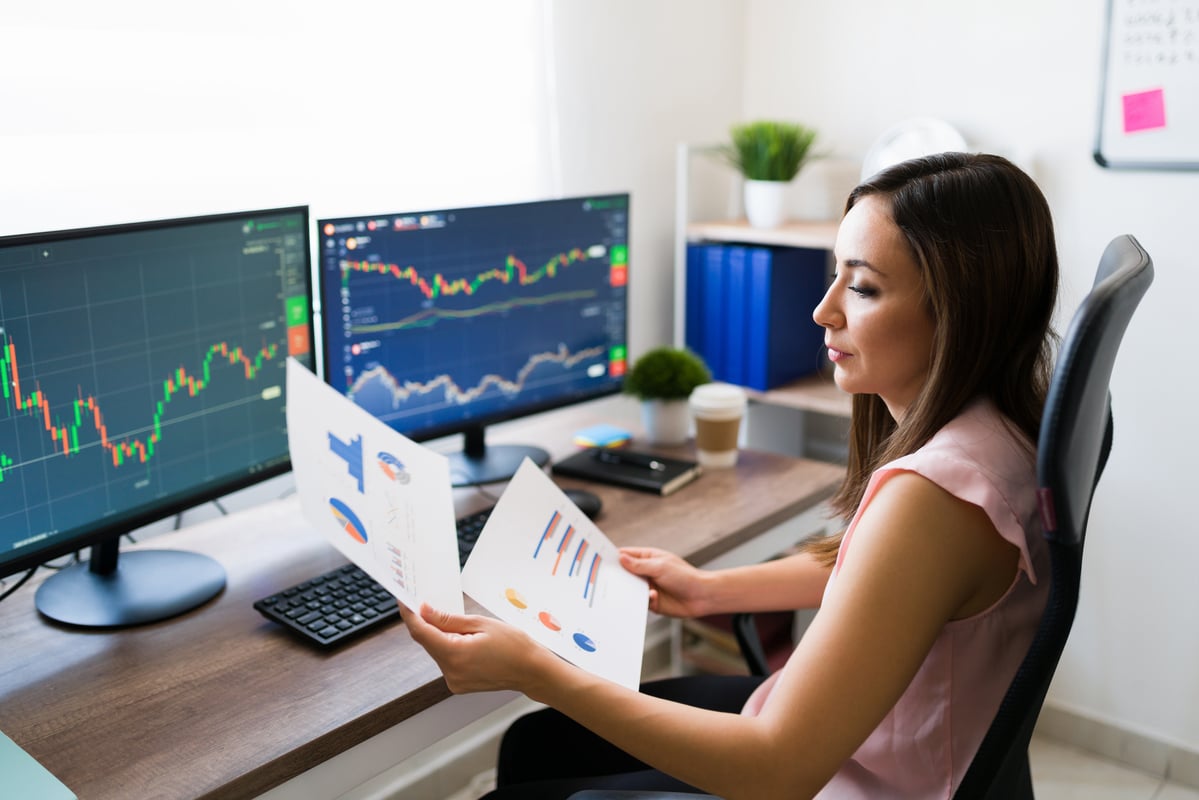Investors can't seem to decide what to do with Procter & Gamble's (NYSE: PG) stock. It's up by less than 1% in the last year.
The consumer goods titan is getting more expensive by a key valuation measure, though: Mr. Market is charging 22 times next year's earnings for the stock, compared to the 17 times ratio shares averaged juts a few years ago.
PG PE Ratio (Forward) data by YCharts.
Business is shrinking
That shift can't be explained by P&G's recent operating trends, which haven't been strong. Sales growth decelerated in fiscal Q3, extending a stubborn demand slump deeper into its second year. Its flat organic volume compares poorly with rivals Unilever (UL +0.34%) and Kimberly-Clark (KMB 1.09%) who are using a healthy mix of increasing volumes and higher prices to generate sustainable growth. In contrast, price hikes have done all the heavy lifting for P&G lately -- and yet competitors are still posting better global gains.

Image source: P&G.
Investing is more about the future than the past, and that's where the picture brightens for P&G investors. Management expects core earnings to grow after adjusting for currency swings this year, following fiscal 2015's slight decline. Looking further out, two major initiatives point to the kind of profit growth that could power solid stock price gains.
Two good reasons to buy
First, cost cuts are lowering P&G's expenses in a fundamentally positive way. Executives have sliced billions of dollars out of the operating structure, including on cost of sales, working capital, and general overhead. As a result, profitability is spiking: Operating margin jumped by 3 percentage points to 21% of sales last quarter. Even during weak growth, P&G's efficiency gap over rivals has only widened lately:
PG Operating Margin (TTM) data by YCharts.
The good news is that these cuts haven't come at the expense of investments in future growth. The company is still plowing cash into its research and development and, if anything, expects to increase advertising spending to support its key brands this year.
The second transformative change in P&G's business is its portfolio reboot. CEO David Taylor and his team are nearly done cleaving 100 of what management calls its "non-strategic" brands from the operations. These include big product lines like pet care and batteries, which is why the resulting company's revenue will be about 15% lower once the divestments are completed.
The payoff for investors is that the smaller P&G should enjoy both faster growth and higher profitability. It will also be free to focus on powerhouse brands like Pampers and Tide while exiting 65 other niches that either don't have as strong a growth outlook or would be too distracting to manage. In fact, the playbook for recovery aims to build on the recent success P&G has managed with those two brands.
Can P&G reinvigorate growth?
Executives see weak organic growth ahead for the fiscal year that ends in August. They warned investors last month that the portfolio divestments will continue to pinch results, but argued that the short-term pain is worth it. Investors buying shares here have to balance that unsteady outlook with the potential for better trends starting in fiscal 2017.
At least they'll be paid well for their patience. P&G boasts one of the market's most generous capital return programs. While its dividend growth has slowed to a crawl, rock-solid cash generation promises to fund increasing returns to shareholders -- mainly through stock repurchases. That should reduce investors' risk of big losses as they wait to see if management's key initiatives really pushed P&G to a healthier growth profile.










